By Jeanne Schultz Angel of Naper Settlement
Growing up in Naperville, I was exposed to many opportunities to play organized sports. Every brother and sister of mine played either baseball, volleyball, soccer, tennis, or football. In fact, a couple of my sisters played volleyball at the collegiate level. Sports was a natural part of our upbringing and one we did not consider a privilege.
As a historian, I look back with immense gratitude because I know it was not long before when girls and women did not have equity in access to team sports or to earn careers in sports. Equal opportunity in athletics was only one of the many benefits that Title IX brought to women and girls.

The Education Amendments were passed on June 23, 1972 and included Title IX, a section that prohibited federally funded educational institutions from discriminating against students or employees based on sex: “no person in the United States shall, on the basis of sex, be excluded from participation in, be denied the benefits of, or be subjected to discrimination under any education program or activity receiving Federal financial assistance.”
This continues to have a widespread effect on schools across America because any school (from elementary from college) that receives any federal money must provide equitable treatment of the sexes in all areas including athletics. It also includes protection from discrimination in science, engineering, math, and technology classes, pregnancy discrimination, and protections from sexual harassment.
To give an idea of the difference Title IX made in women’s sports: in 1972, the number of girls in high school sports was 295,000 and today it is more than 2.6 million. Participation in organized sports is a significant indicator of increased academic success, reinforces positive body image, and bolsters self-esteem.

The Naperville Heritage Society collection holds numerous yearbooks for Naperville area high schools. The 1959 yearbook for Naperville High School illustrates the limitations involved in athletics as cheerleading was the only team for girls and women. While cheerleading still plays a vital role in most high school athletic departments, organized competitive sports were almost exclusively male at that time.
Looking at the 1980 Naperville Central yearbook, the effect of Title IX is clear: girls and women were provided opportunities to compete in sports gaining the benefits of participation that boys and men had for decades.
The most famous athlete in Naperville’s history, Candace Parker, noted the importance of Title IX for girls and women in her family in a 2019 ESPN interview:
I’m the first generation in my family that has taken advantage of Title IX. My mom didn’t have that opportunity when she went to school at University of Iowa, they didn’t have basketball athletics for women… I know how important it is, and as a mother, if my daughter chooses to play sports she has the same opportunities as male athletes.
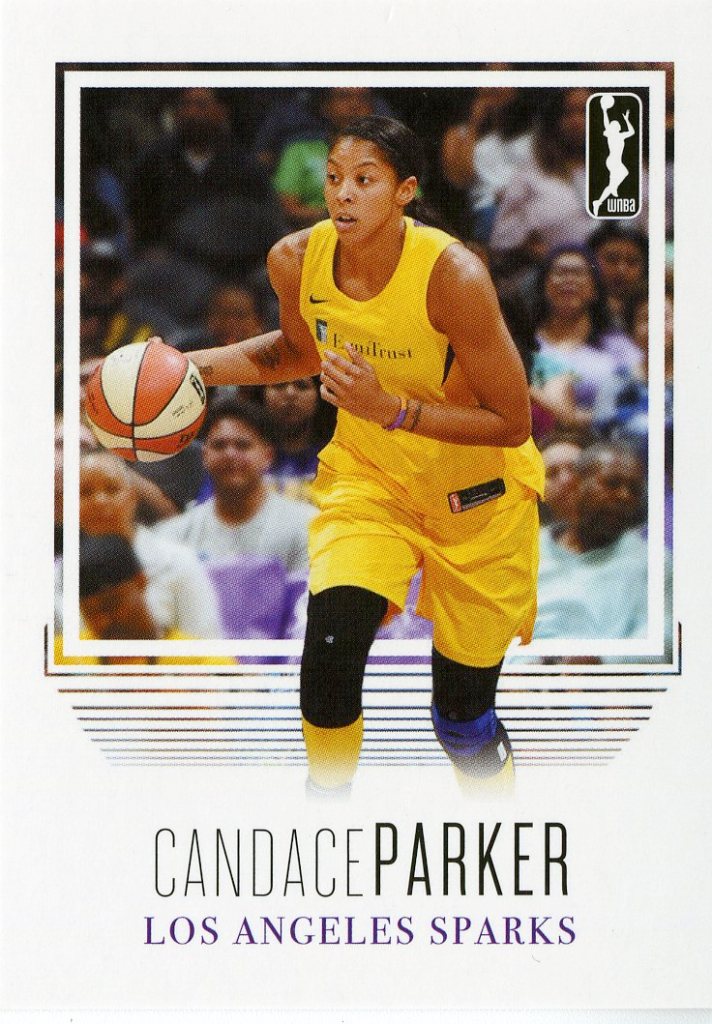
Parker led Naperville Central High School to Class AA state championships in 2002 and 2003, Tennessee to two national championships in 2007 and 2008 under the coach (and Title IX pioneer) Pat Summitt, and the LA Sparks to WBNA title in 2016 and the Chicago Sky to their first title in 2021.
Among Parker’s career accomplishments off the court includes being the first woman on the cover of the video game NBA 2K, having a signature shoe by Adidas, and being a studio analyst for NBA on TNT. Parker recently released a documentary entitled “Title IX: 37 Words That Changed America” which features legendary athletes discussing the foundational changes that have occurred for girls and women in athletics and education in the last 50 years. Candace Parker is one of the millions of girls and women whose paths were changed with the passage of this historic legislation.



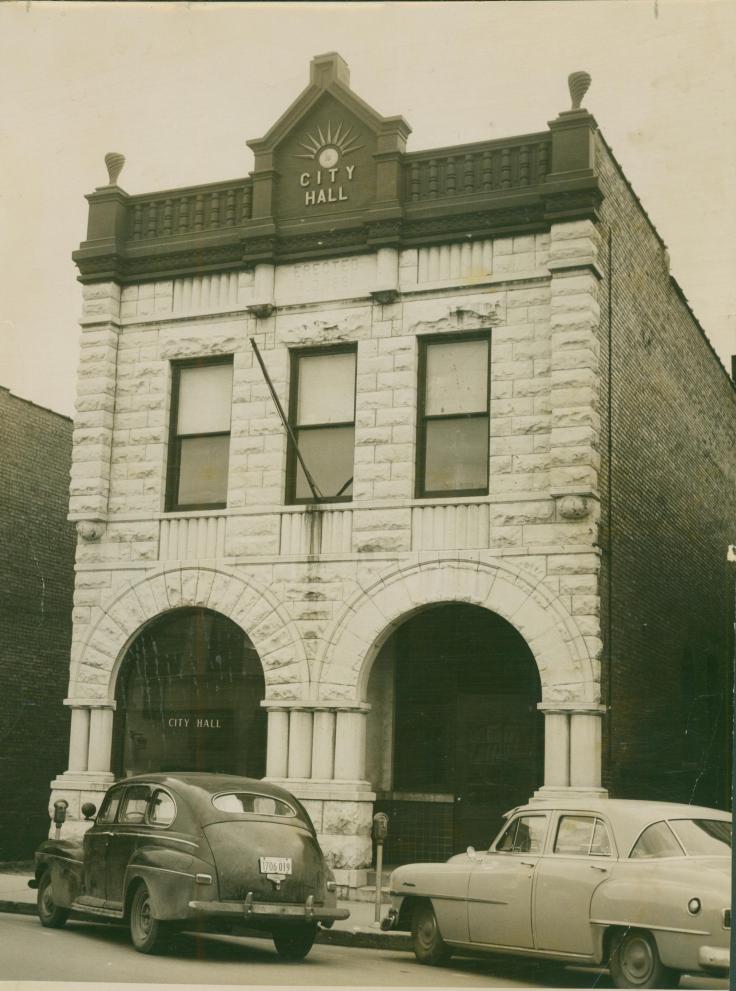
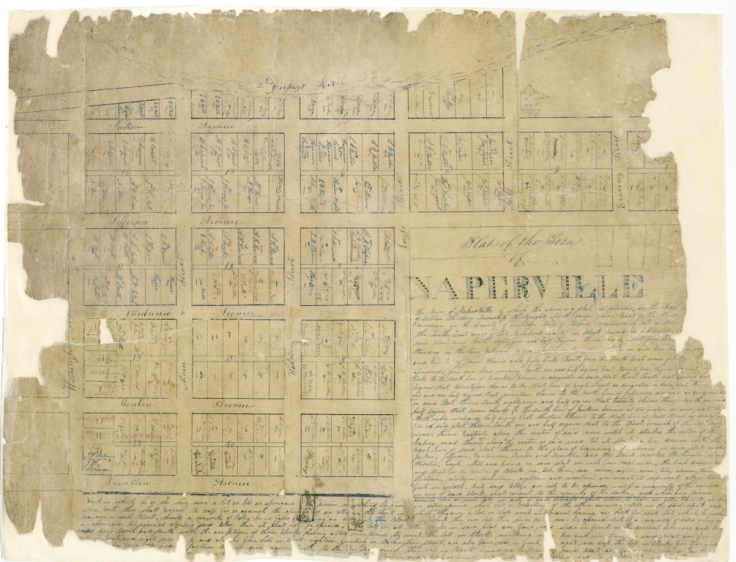
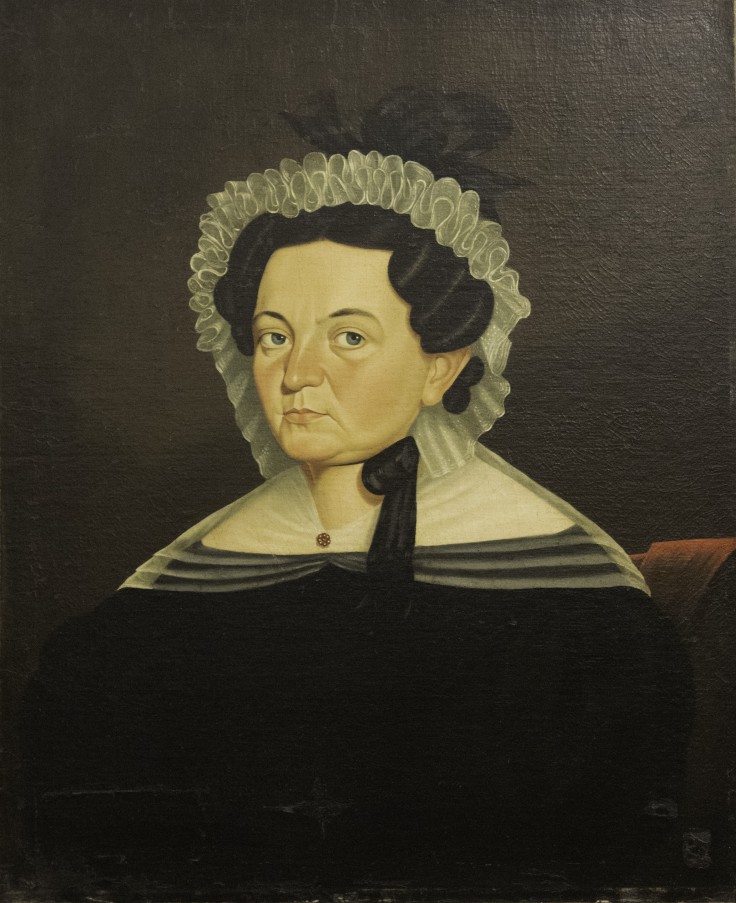
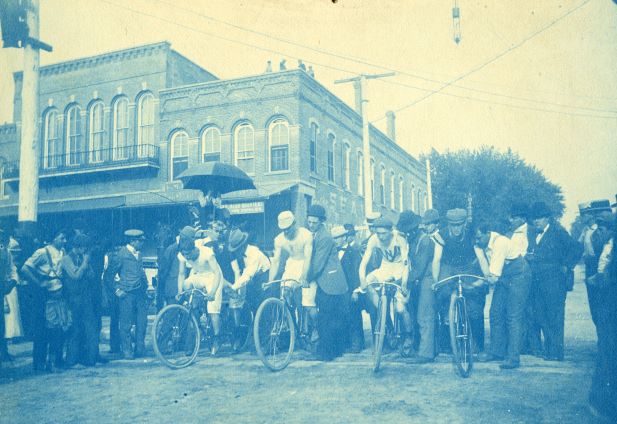
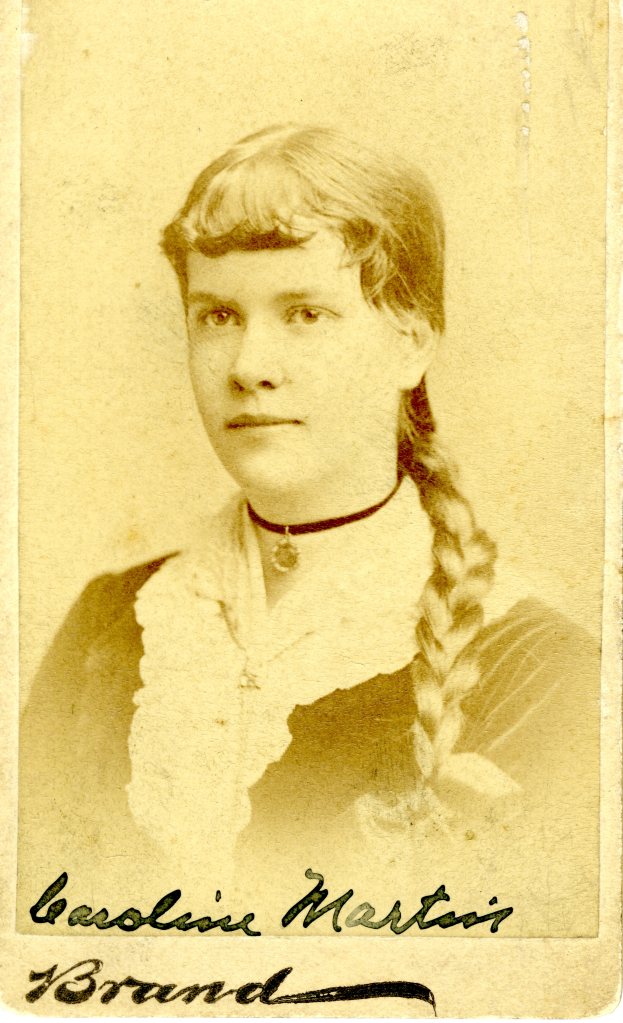
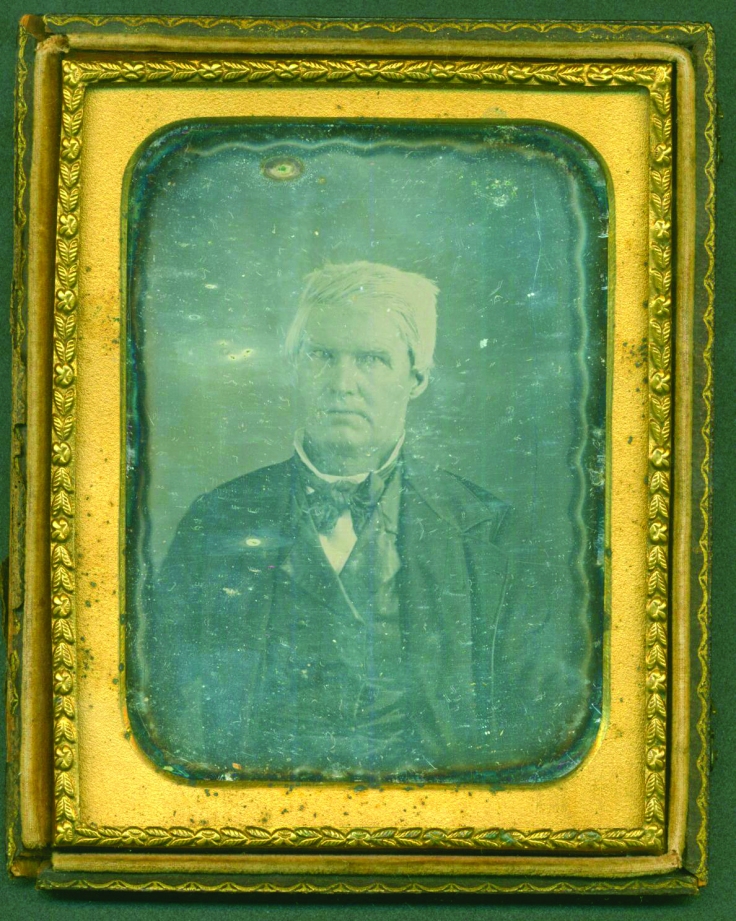

Leave a comment